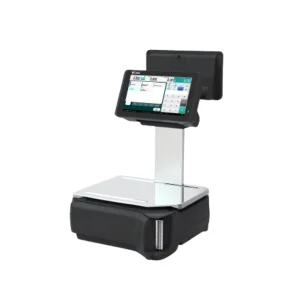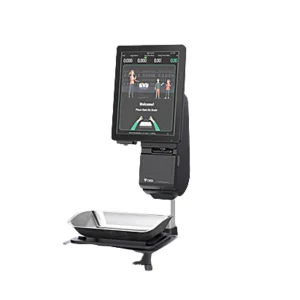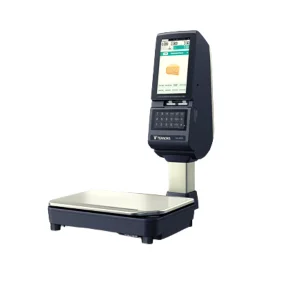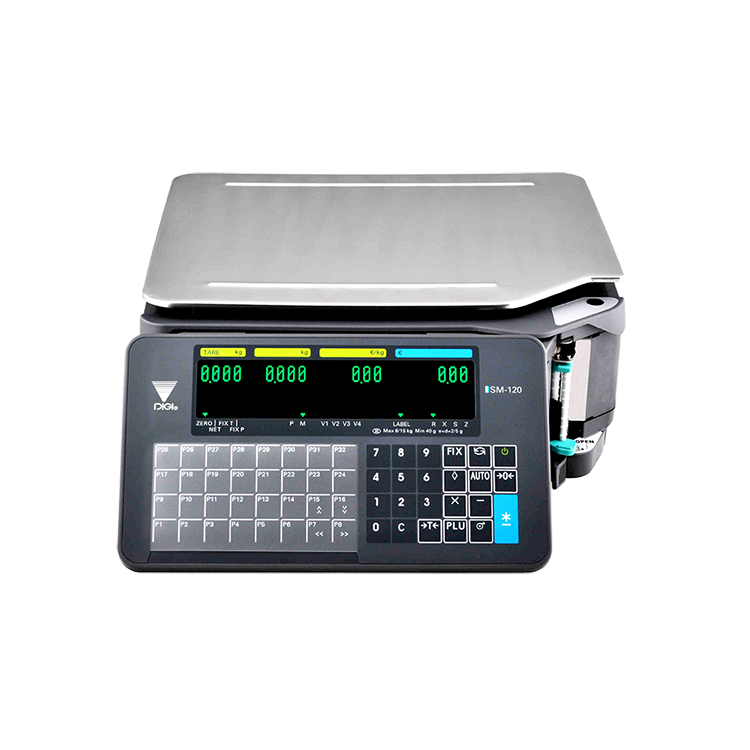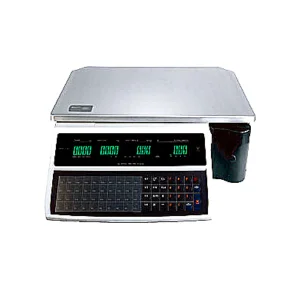A label printing scale is a device that combines the functionality of a scale and a label printer. It is commonly used in retail environments, especially in grocery stores, delis, and other businesses selling products by weight.
FAQ
1 What is the main advantage of using a label printing scale in retail?
Label printing scales streamline the weighing and labelling process, ensuring accurate pricing, improving inventory management, and enhancing customer service by providing clear and detailed product information on labels.
2 Can label printing scales handle different types of products and packaging?
Yes, various products and container types can be handled by label printing scales due to their versatility. To meet different product sizes and labelling specifications, they frequently provide customisable label formats.
3 How often do label printing scales require calibration?
For accuracy and legal compliance, scales used for label printing need to be calibrated on a regular basis. It is generally recommended to calibrate them at least once a year, while the frequency of calibration varies based on factors such as usage volume, ambient temperature, and legal requirements.
4 Are label printing scales compatible with existing POS systems?
Many label printing scales are designed to integrate seamlessly with point-of-sale (POS) systems, allowing for smooth data exchange and streamlined operations. Compatibility with POS systems can enhance efficiency by automating tasks such as pricing updates and inventory management.
5 What kind of maintenance is required for label printing scales?
For label printing scales to operate at their best and last a long time, regular maintenance is necessary. This include changing labels and ink cartridges, cleaning the scale platform and printer parts on a regular basis, and doing routine calibration and service as advised by the manufacturer.



